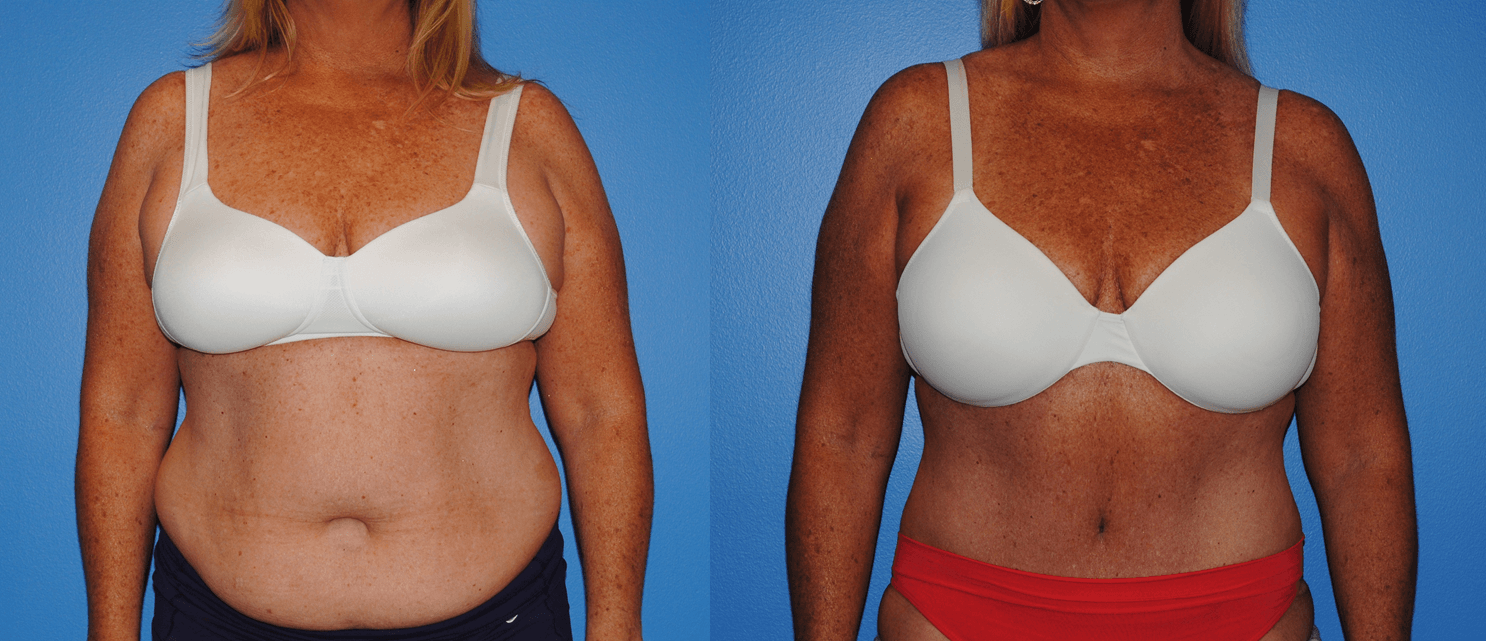Abdominal wall hernias are best reconstructed by recreating a functional abdominal wall. That is, return all the abdominal wall musculature back to its original position. When patients cough, sneeze, or bear down to have a bowel movement, this increases the intra-abdominal pressure. As the intraabdominal pressure increases, the abdominal wall musculature exerts a back pressure on the viscera. If there…





